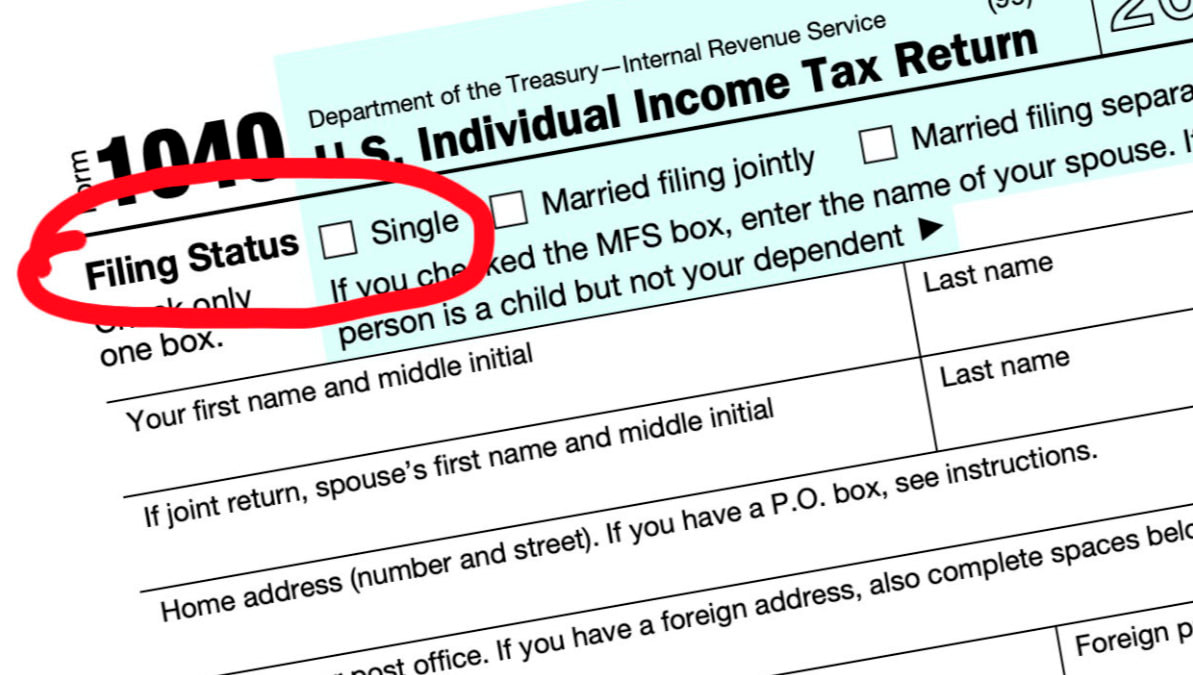Louis Divorce Mediation ~ Online and In-Person Mediation in Chicago
|
Divorcing couples face uncertainty as they attempt to reach decisions on how to move forward with their lives. Mediation creates an opportunity to address that uncertainty through dialogue that is facilitated by a neutral mediator.
A successful mediation outcome establishes a plan that, by definition, provides both spouses with greater certainty about their futures. Important decisions are made about how to divide and distribute the assets and debts of the marriage. Planning for the Present There are aspects of the mediated plan that relate to parenting arrangements and financial support. These decisions affect the immediate circumstance of the family and increase certainty and understanding. But life, by its very nature, involves change—different jobs (or unemployment), fluctuations in income, altered schedules, and new residences, to name a few. All these can require adjustments to an established plan. Modifying the Plan Laws pertaining to parenting arrangements and financial support include provisions for modifications to parenting plans, child support and spousal maintenance. After a divorce settlement, there is generally a requirement that the person who is requesting a change must apply to the court and demonstrate that the change is significant enough to warrant a court review. The mediation process allows for more flexibility and foresight to anticipate change and plan specifically for how future circumstances may affect current arrangements established by the divorcing couple. Fortunately, the mediation process allows for more flexibility and foresight to anticipate change and plan specifically for how future circumstances may affect current arrangements established by the divorcing couple. Anticipating future changes that may affect child support or maintenance payments, for example, many clients will develop a specific formula for determining how they will modify the amounts being paid. This allows for a clear path forward and clarity amidst unpredictability, avoiding the need for future court action. In some situations, clients simply agree to renegotiate with each other, using mediation as a fallback option if they are unable to come up with an agreement on their own. Mediation’s Advantage The flexibility to anticipate and accommodate change in the present is one of many advantages of using a mediation process. The time spent now to address how to adapt current agreements for future contingencies can pay off in reduced stress and less time and money required to resolve issues in the future.
0 Comments
As discussed in last week’s blog, divorcing parents face three important sets of decisions as they consider future college expenses, namely (1) saving for the future; (2) determining parental vs. student financial responsibility; and (3) allocating parental responsibility.
In divorce mediation, how parents address decisions about future college expenses for their children depends on the age of their children, the anticipated continuing resources available to the parents and attitudes toward future commitment. In mediation, how parents address these decisions depends on the age of their children, the anticipated continuing resources available to the parents and attitudes toward future commitment. Let’s explore three different approaches. The Detailed Plan This strategy works well for children of any age and usually requires parents to be able to plan realistically for future resources and be willing to make a commitment and stick to it. In this plan, parents have these options:
In some divorce mediation cases, parents create a plan that includes one or two of these options but not all three. This strategy offers the benefit of certainty, while carrying the risk that unforeseen circumstances could affect the plan being followed by both parents. This could invite future conflict and misunderstanding. The “Plan to Plan” This strategy works better with younger children, where parents aren’t able to feel certain enough about the future to make a commitment now. Essentially, this involves the parents scheduling a future time (usually during a child’s enrollment in high school) to discuss the topics of parental vs. student contribution and the allocation of the parental contribution. This approach doesn’t force parents to make a commitment that they may be uncomfortable about making presently but still provides a deadline for addressing college expenses. Of course, there is a risk of future disagreement. For parents who aren’t enamored with the idea of having to discuss financial issues post-divorce, this may not be workable. Establishing provisions for future dispute resolution is also important to the success of this kind of planning. No Commitment This strategy works best where uncertainty is the greatest and resources are limited. Most parents want to help their children financially in some way, yet the financial challenges of divorce can be significant enough to affect a parent’s ability to make a promise that may not be kept. When parents choose this path, they are not abandoning their children financially. Instead, they are saying that, while they will do what they can to help, they don’t want to be bound by a legal agreement to any specific plan for paying for college costs. The benefit of this strategy is that the risk of breaking a promise later is eliminated, as there are no promises being made. The risk relates to what can happen in the future if one parent expects the other parent to contribute to college and that parent is unwilling to do so. While courts can order parents to contribute to a child’s college education, how a court would address this when the parents agreed not to make a legal commitment is not clear, and the prospect of going to court does not usually appeal to divorce mediation clients. ~ ~ ~ A fundamental part of the divorce mediation process is to allow for exploring options and identifying needs and interests that can be met by each option—with the end goal of a decision that best meets those requirements. For many families, the future cost of a college education for their children will overshadow all other childhood expenses. So this is an important conversation for parents whether they are married or divorcing. In the circumstance of divorce mediation, my role is to place the topic front and center for discussion.
In the circumstance of divorce mediation, my role is to place the topic of financing your children’s college education front and center for discussion. In my view, financial decision-making involving college education costs centers around three topics. Saving for Future College Expenses According to U.S. News & World Report, the average cost for tuition and fees alone for the 2020-21 academic year was $41,411 at private colleges and $11,171 for in-state residents at public colleges. This does not include room and board and other expenses, such as travel and books. For a four-year education, the price tag is substantial. Where resources allow, many families will commit to a savings strategy for college. Many take advantage of 529 college savings plans, which allow for the earnings on savings to be tax-free as long as these funds are used for qualified educational expenses. For families who expect to qualify for financial aid, maintaining a 529 account may result in a small reduction in a future financial aid package. Divorce mediation involves planning for the future of two separate households, so a college savings plan—when feasible in light of other expenses—will form an important component of the overall parental financial plan. Parental vs. Student Financial Responsibility Each family is faced with a decision that revolves around how much of college should be paid for by parents and how much by the child who is attending college. In my experience, there are many factors that may influence these decisions:
Allocating the Parental Contribution to College Costs Once parents have determined how much they are willing/able to spend for college education, they must also decide how to split the cost. This may create discomfort, as there can be uncertainty about future resources that makes parents reluctant to commit to future expenses at the time of their divorce. When parents are able to make the commitment, other issues that need to be addressed will include how existing parental savings will factor into this split and how income and resources will affect the split. Watch for the next post, where I will share alternative methods within mediation for approaching these important decisions about financing a college education. As the tax filing deadlines approach, many of us are encouraged to think about tax planning for the year ahead. No matter what time of year it is when you are facing divorce, it’s the right time to think about taxes.
Your filing status will change in the year of your divorce, and this change will affect the entire year. So even if your divorce isn’t finalized until later this year (for example, in September), your new filing status will be in effect for all of 2021, and this will be your filing status when you file your taxes next year for 2021. While you are married and filing joint returns, it’s very possible that a lot of taxes are withheld from one spouse’s paycheck but much less from the other’s pay. Since this is all added up at tax time, the net result may be fine, in that no taxes are owed or there may even be a big refund. But what happens now, if you are the person who did not have much taken out of your paycheck? Here is an example: John and Susan are getting divorced. John’s gross income is $100,000 per year ($3,846 biweekly). John has federal taxes withheld based on being married with two children claimed as dependents. Based on the IRS Federal Tax Withholding Tables, John would have $175 in taxes withheld from each bi-weekly paycheck for a total of $4,550. When John files his taxes for 2021, he is now filing as a single taxpayer, and he and Susan have agreed to each claim one child as a dependent. John takes the standard deduction, since Susan is keeping the house and paying the mortgage, so he doesn’t have enough deductions to itemize. And based on the tax rates for single taxpayers, and even with an increased child tax credit for 2021, John’s federal taxes will be $12,067, meaning that he will owe the IRS $7,517! It’s essential to plan for the tax changes that will happen when you are getting divorced. Now, this may be an extreme example, as perhaps John was having extra money withheld voluntarily from his paycheck. But the lesson to be learned here is that it’s essential to plan for the changes that will happen when you are getting divorced. If you are getting divorced, this is what you can do NOW:
Using my skills as both a divorce mediator and experienced finance professional, I will help you think through what lies ahead, including how your tax situation may change and what steps to take to prepare. |
Categories |
David Louis, MPA, CDFA® • Louis Mediation Services - Chicago
|
Chicago Office: 1700 W Irving Park Rd., Suite 105, Chicago, IL 60613
Northbrook Office: 555 Skokie Blvd., Suite 500, Northbrook, IL 60062 |
Copyright © 2024





 RSS Feed
RSS Feed